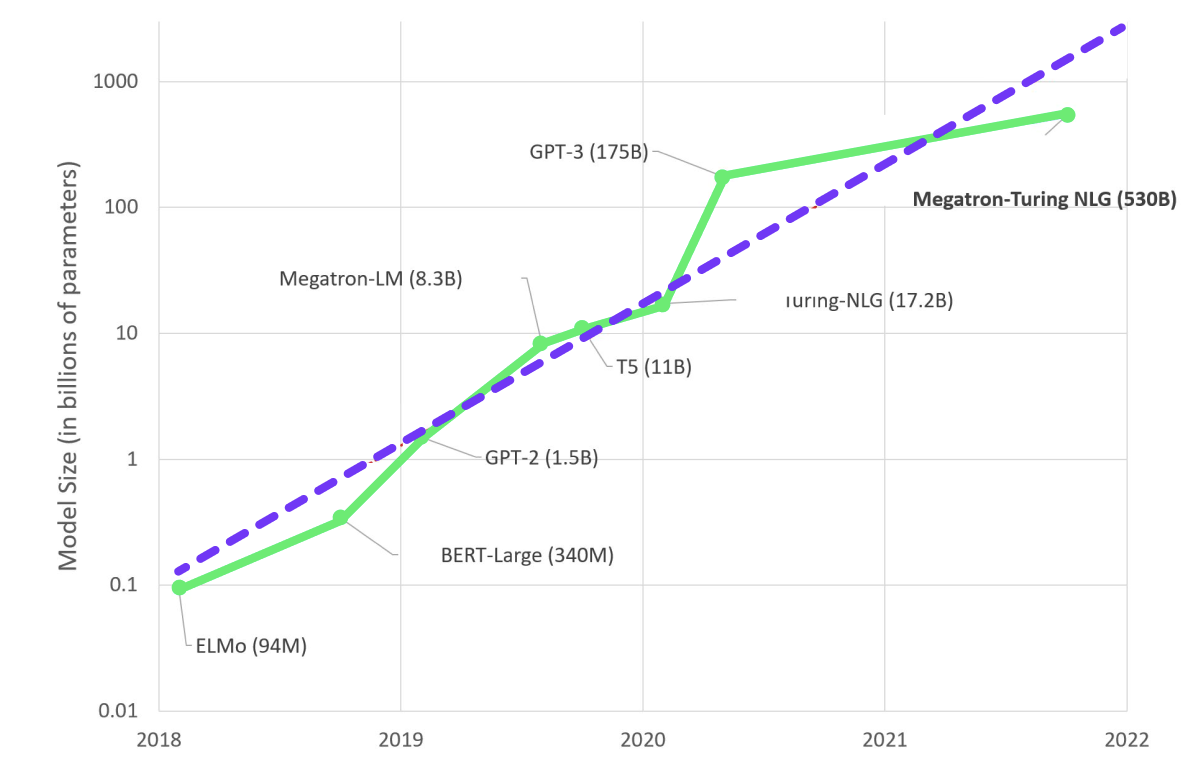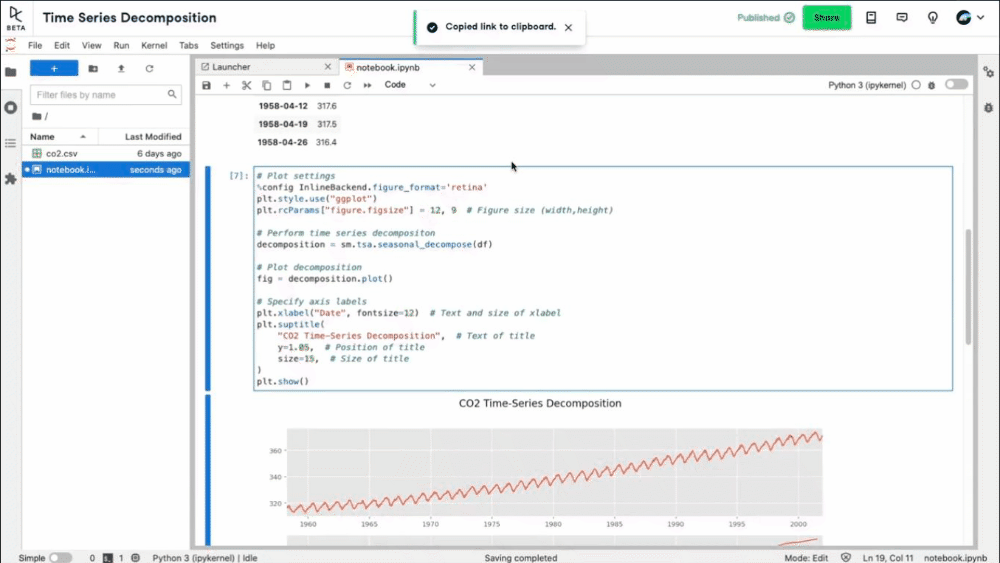2022 data trends and predictions
In 2021, we witnessed the impact of COVID-19 on accelerating digital transformation. This rapid digitization has led to an explosion in the amount of data organizations are generating. As organizations look to reap the value of this data in 2022, they wi
Jan 2022 · 7 min read
Topics
RelatedSee MoreSee More
Top 32 AWS Interview Questions and Answers For 2024
A complete guide to exploring the basic, intermediate, and advanced AWS interview questions, along with questions based on real-world situations. It covers all the areas, ensuring a well-rounded preparation strategy.
Zoumana Keita
15 min
Empowering the Modern Data Analyst
Peter Fishman, Co-Founder & CEO of Mozart Data, breaks down what makes a data-driven organization, how the modern data stack empowers data analysts today, and more.
Adel Nehme
37 min
Unlocking the Power of Data Science in the Cloud
Cloud analytics leaders from Exasol cover the motivation for moving analytics to the cloud, economic triggers for migration, success stories, the importance of flexibility and open-mindedness and much more.
Richie Cotton
41 min
Avoiding Burnout for Data Professionals with Jen Fisher, Human Sustainability Leader at Deloitte
Jen and Adel cover Jen’s own personal experience with burnout, the role of a Chief Wellbeing Officer, the impact of work on our overall well-being, the patterns that lead to burnout, the future of human sustainability in the workplace and much more.
Adel Nehme
44 min
Becoming Remarkable with Guy Kawasaki, Author and Chief Evangelist at Canva
Richie and Guy explore the concept of being remarkable, growth, grit and grace, the importance of experiential learning, imposter syndrome, finding your passion, how to network and find remarkable people, measuring success through benevolent impact and much more.
Richie Cotton
55 min
A Beginner's Guide to BigQuery
Learn what BigQuery is, how it works, its differences from traditional data warehouses, and how to use the BigQuery console to query public datasets provided by Google.
Eduardo Oliveira
9 min


 Large language models get larger over the years (
Large language models get larger over the years (